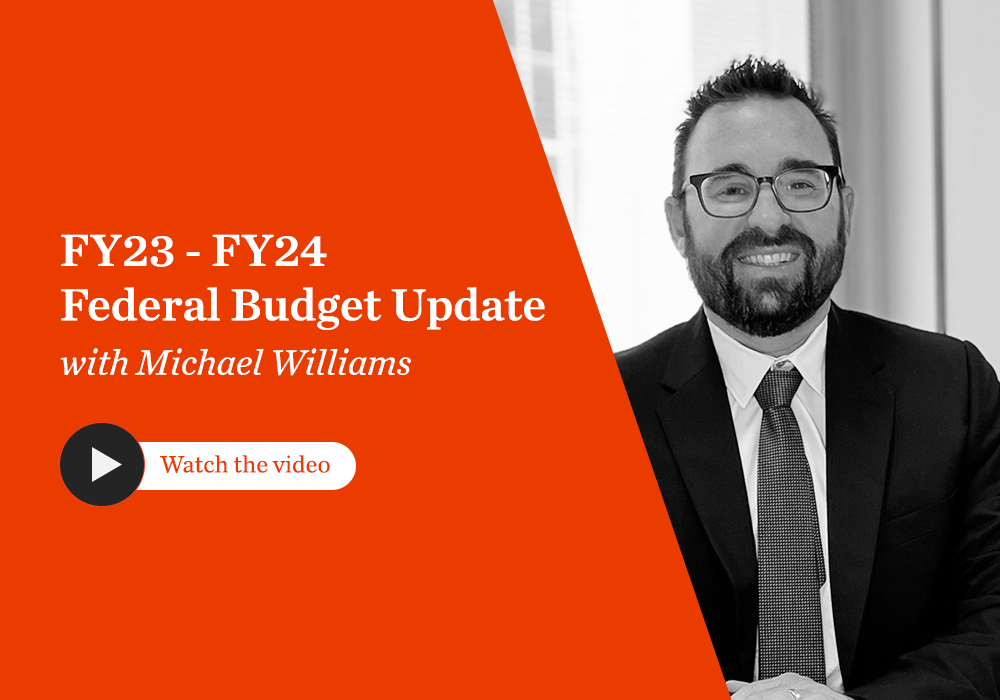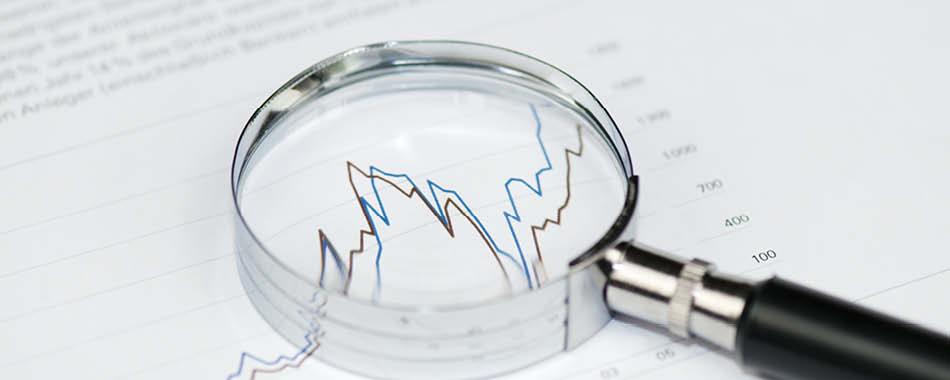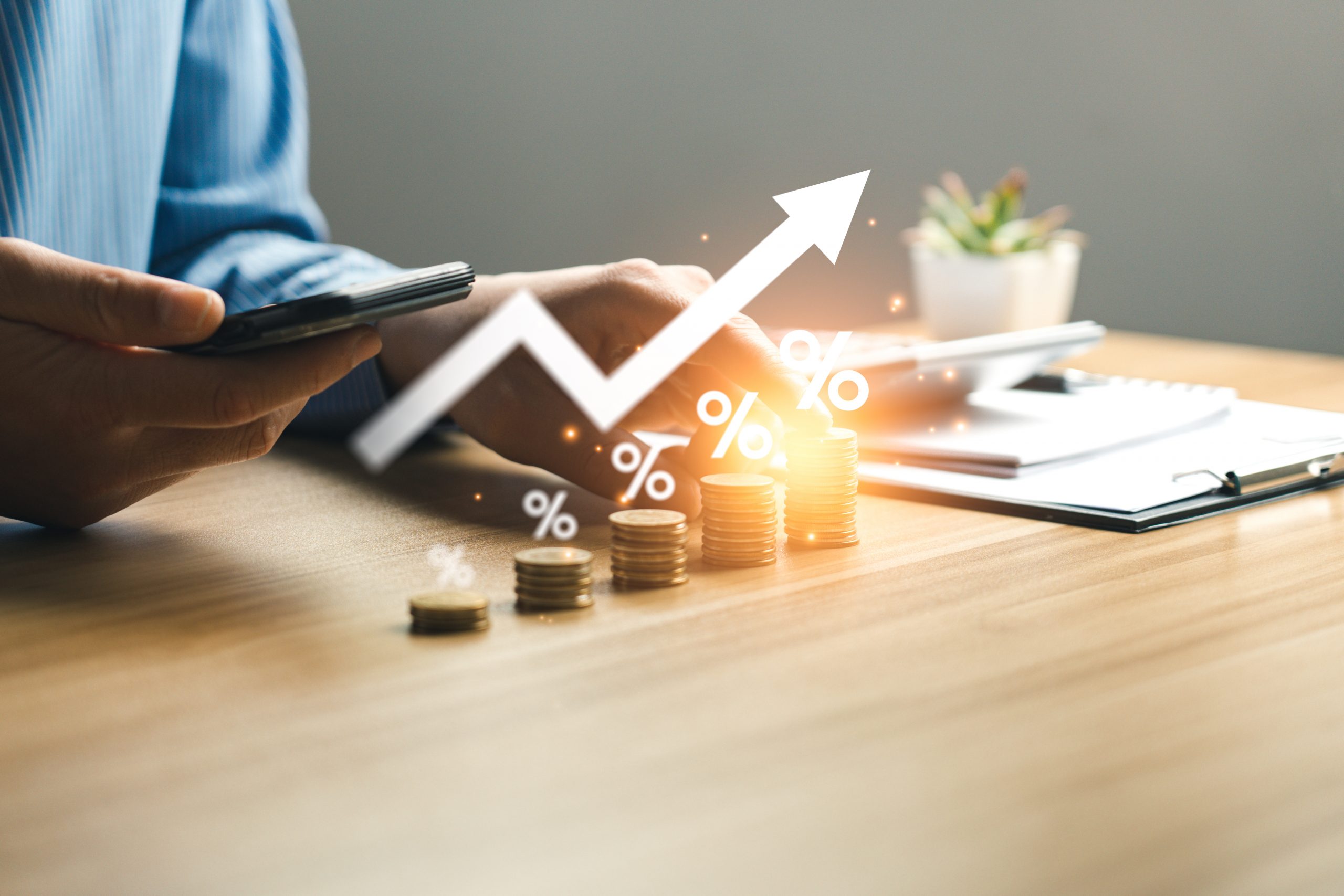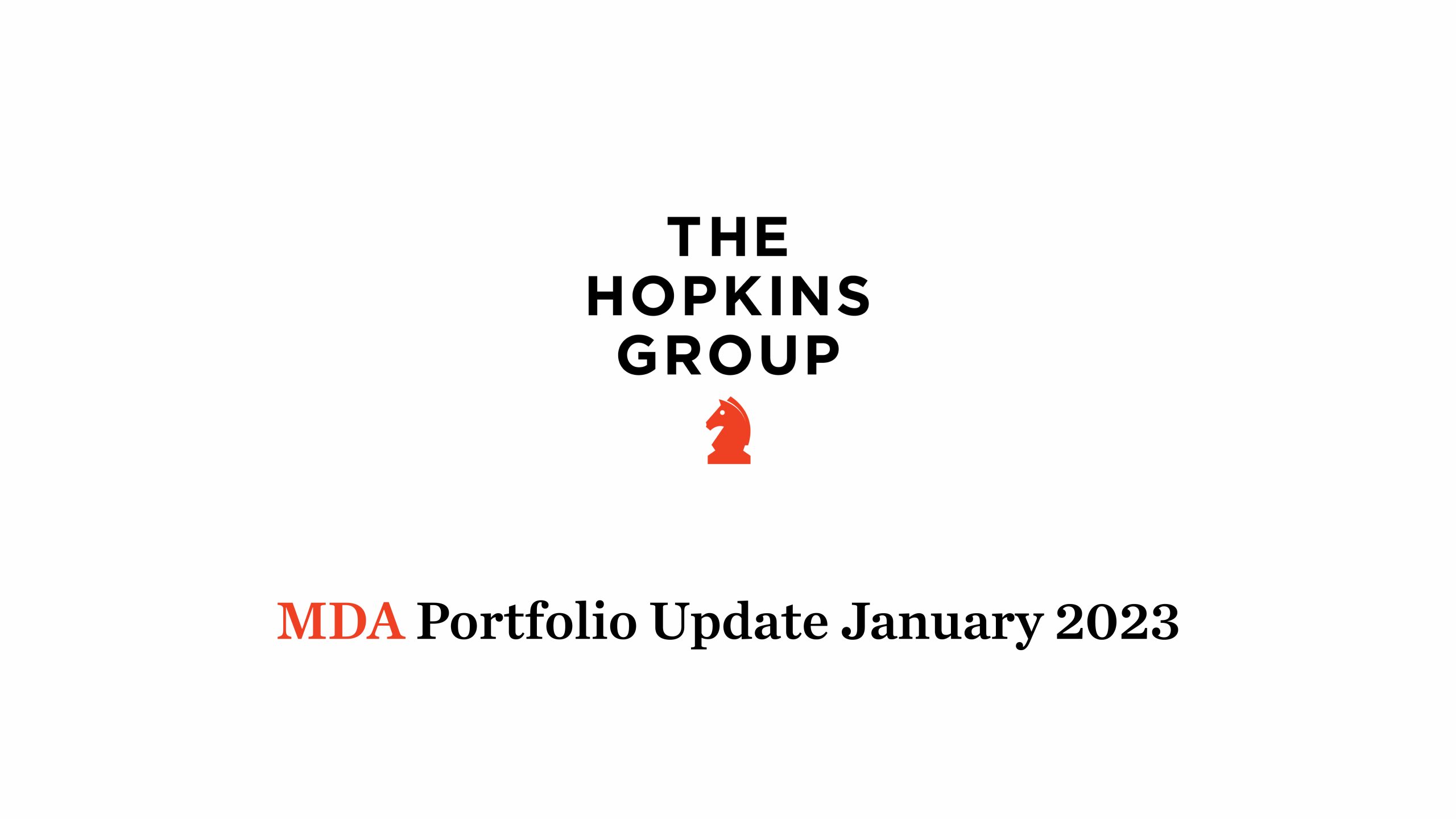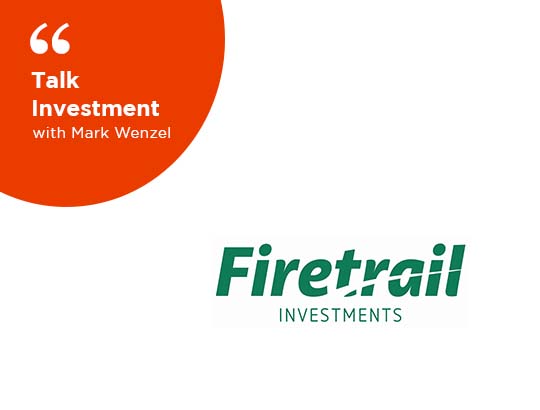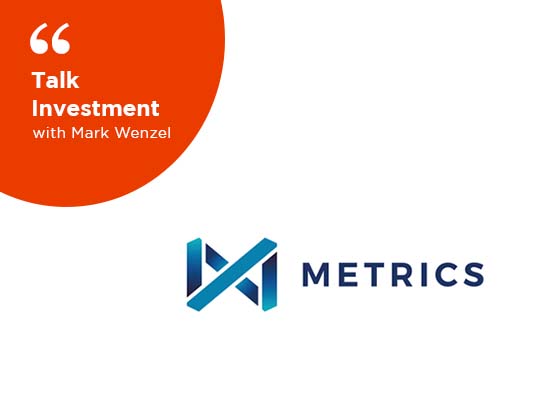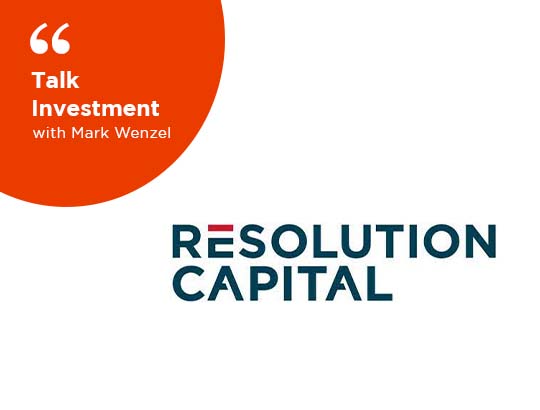The impact of high-interest rates on saving can be both positive and negative.
On the one hand, high-interest rates can encourage people to save more, as they provide a greater return on their savings. On the other hand, high-interest rates can also hurt the economy, leading to decreased spending and economic activity and the erosion of the purchasing power of your savings.
The key benefit of high-interest rates is that they incentivize saving.
When interest rates are high, people are more likely to deposit their money in savings or other interest-bearing accounts, as they can earn a greater return on their savings. This can be particularly beneficial for those saving for long-term goals, such as retirement or buying a home, as the additional interest earned over time can help their savings grow more quickly.
In addition to encouraging saving, high-interest rates can also control inflation. Central banks often raise interest rates when inflation rises too quickly, as higher interest rates can curb spending and slow down the economy. This can help to reduce inflationary pressure and maintain price stability.
However, high-interest rates can also have negative consequences for the economy.
One of the main ways in which high-interest rates can impact the economy is by making borrowing more expensive. When interest rates are high, borrowing money, such as taking out a mortgage or a personal loan, becomes more costly.
This can lead to decreased spending, as consumers are less likely to take out loans to purchase big-ticket items such as cars or homes. This, in turn, can lead to decreased economic activity, as businesses may sell fewer goods and services.
Another negative impact of high-interest rates is that they can erode the purchasing power of savings.
When interest rates are high, inflation often rises as well. If the interest rate on a savings account needs to be higher to keep pace with inflation, the purchasing power of the money in that account will decline over time.
This can make it more difficult for people to save for their future goals and make it more challenging to maintain their standard of living in retirement.
High-interest rates can also impact the stock market, as they can make bonds more attractive to investors. When interest rates are high, the bond yield is typically higher, making them a more attractive investment than stocks.
As a result, investors may shift their money from stocks to bonds, leading to a decline in the stock market. This can harm the economy, as a declining stock market can reduce consumer confidence and decrease spending.
It is important to note that the impact of high-interest rates on saving can vary depending on the individual.
For example, older individuals closer to retirement may be more likely to save to ensure they have enough money to support themselves later. On the other hand, younger individuals may be less likely to save, as they may feel they have more time to build their savings and may be more focused on paying off debt.
In conclusion, the impact of high-interest rates on saving can be complex and multifaceted. On the one hand, high-interest rates can encourage saving and control inflation. On the other hand, high-interest rates can also make borrowing more expensive, erode the purchasing power of savings, and impact the stock market.
